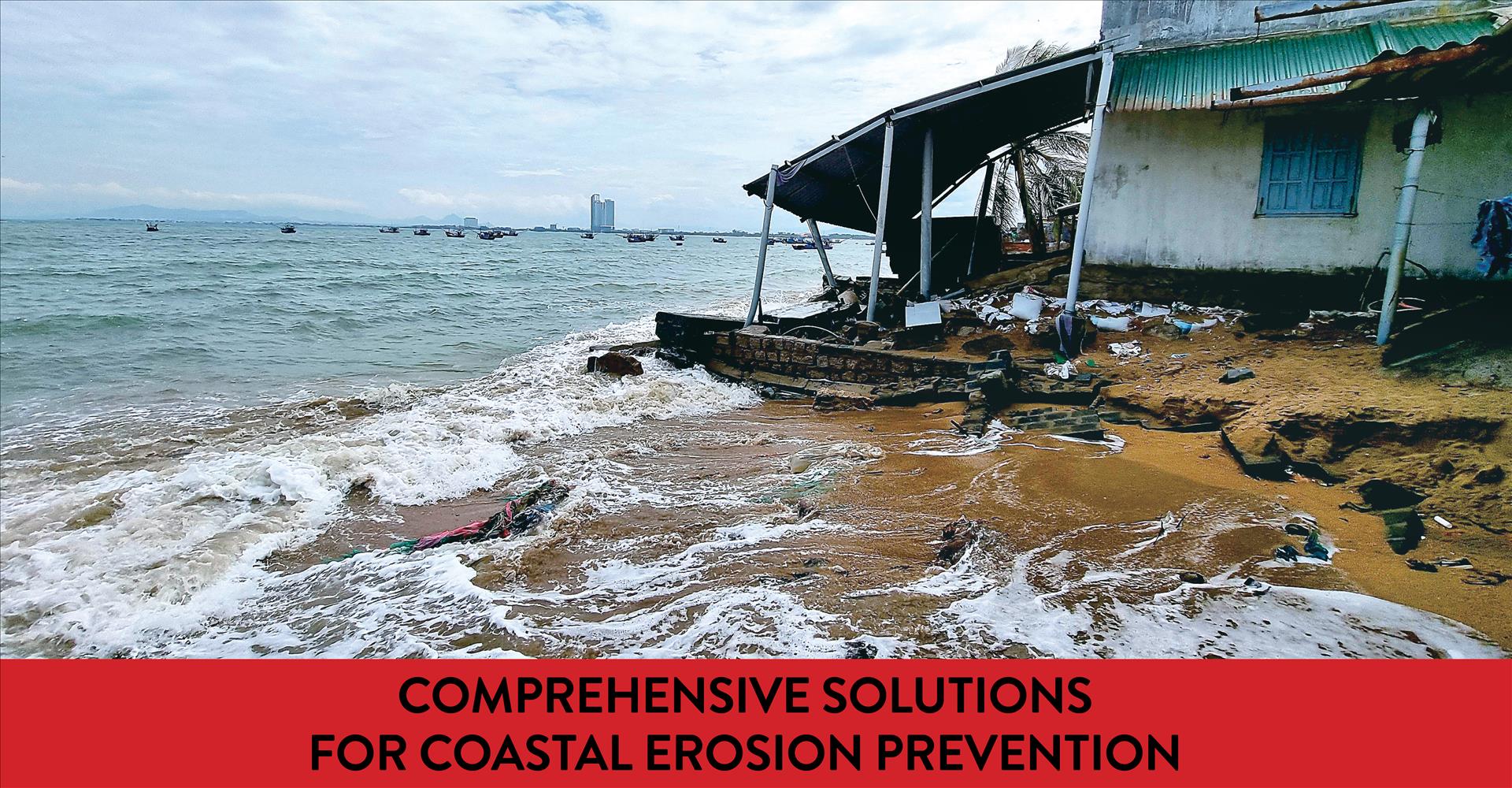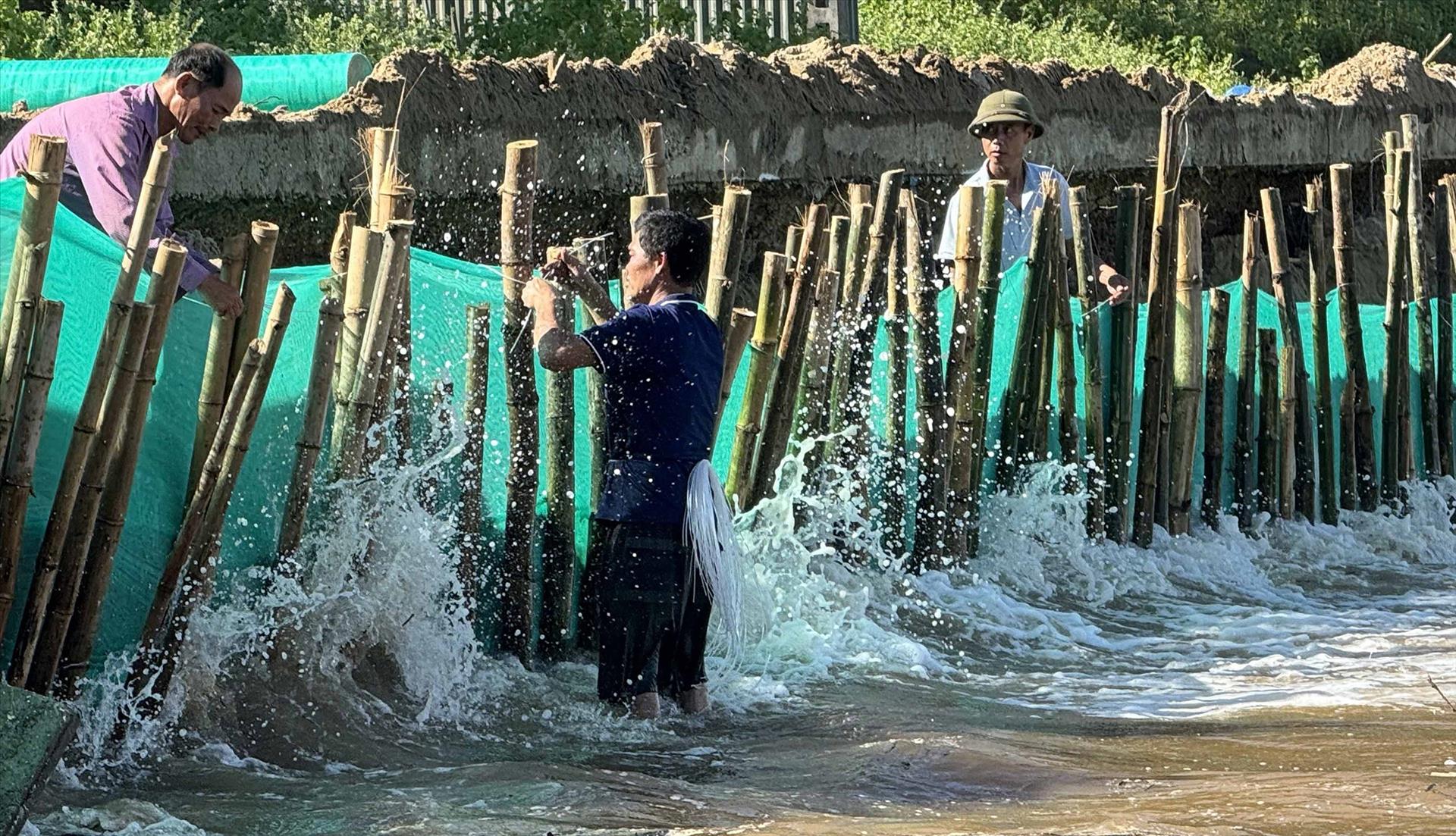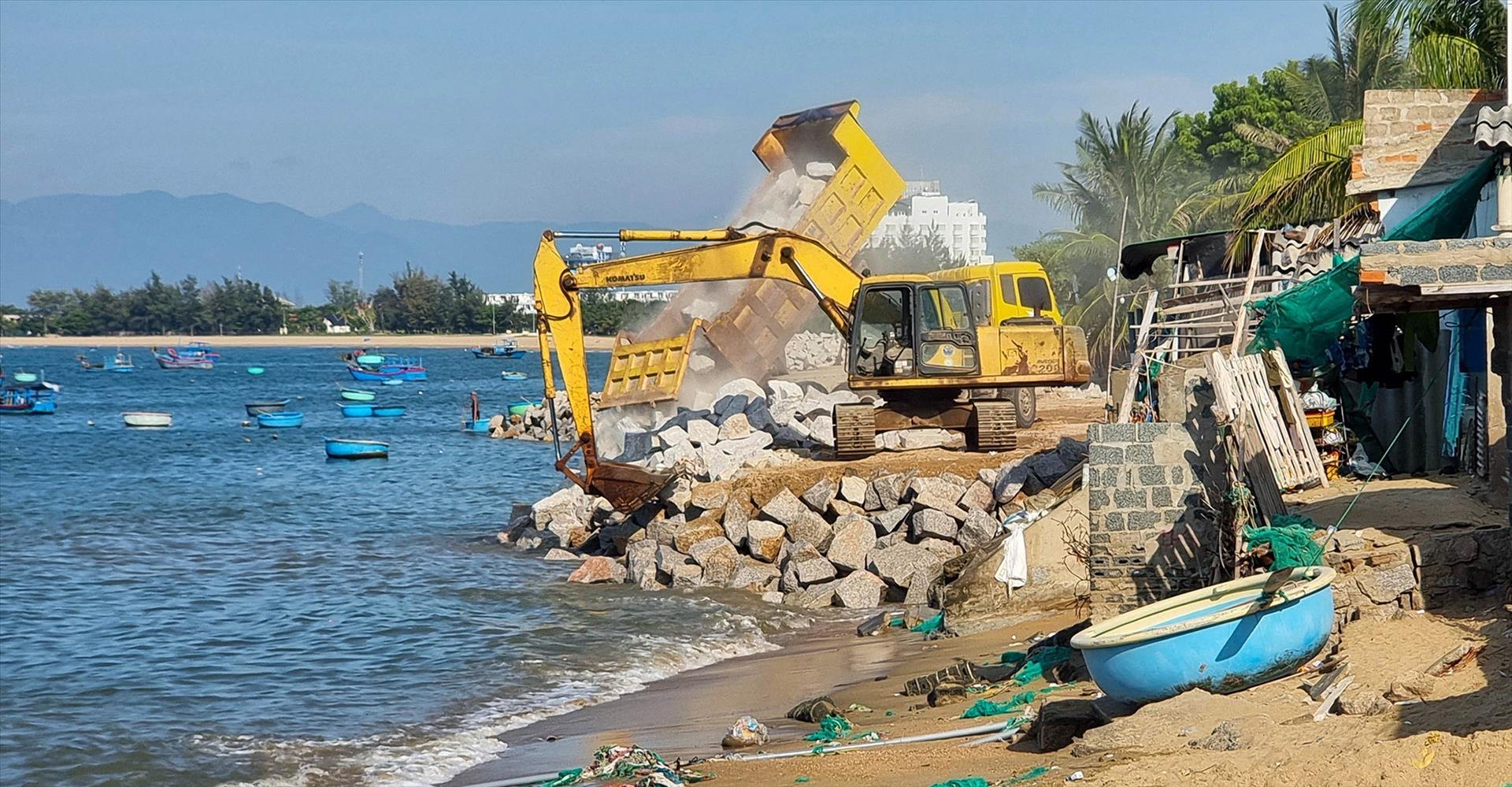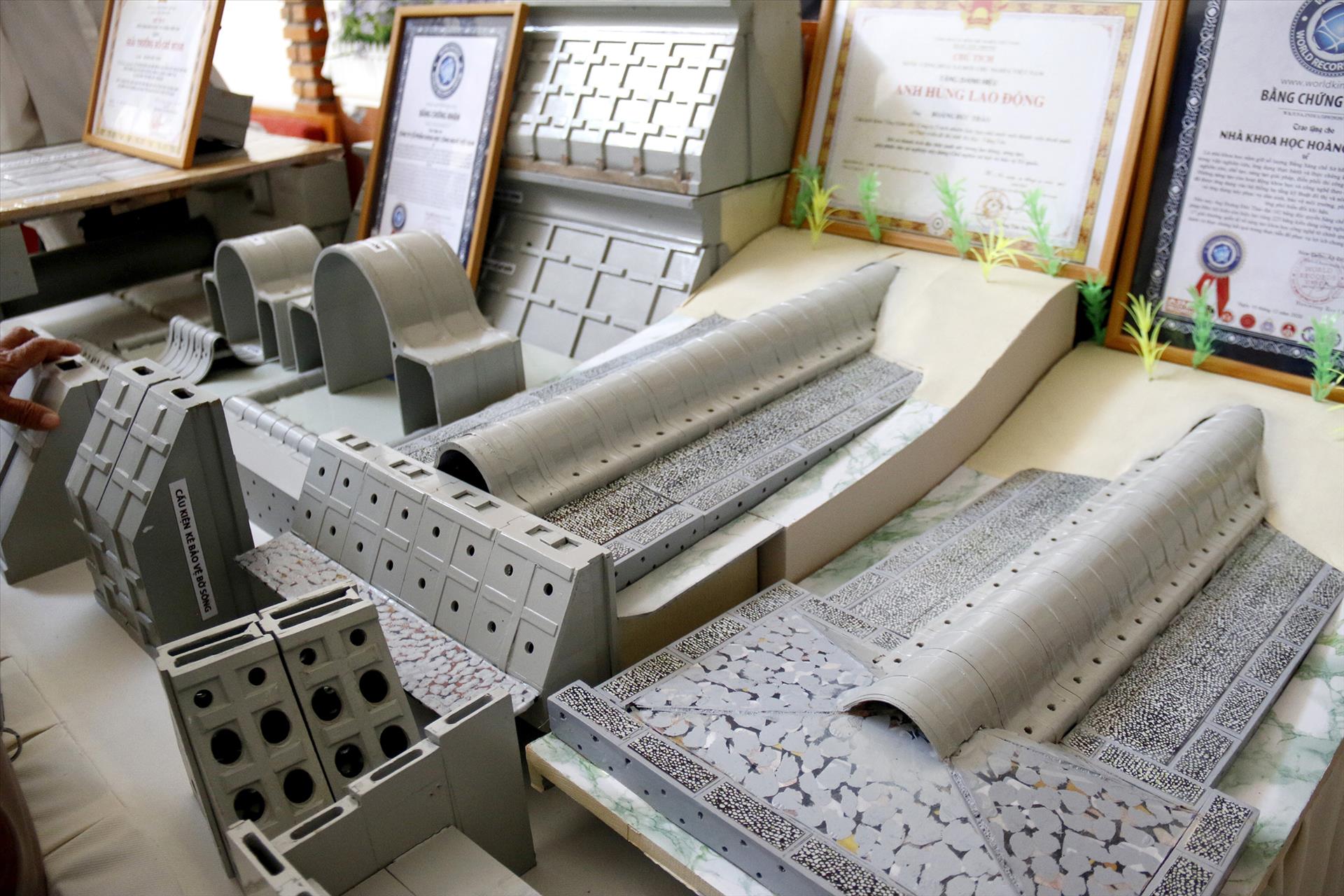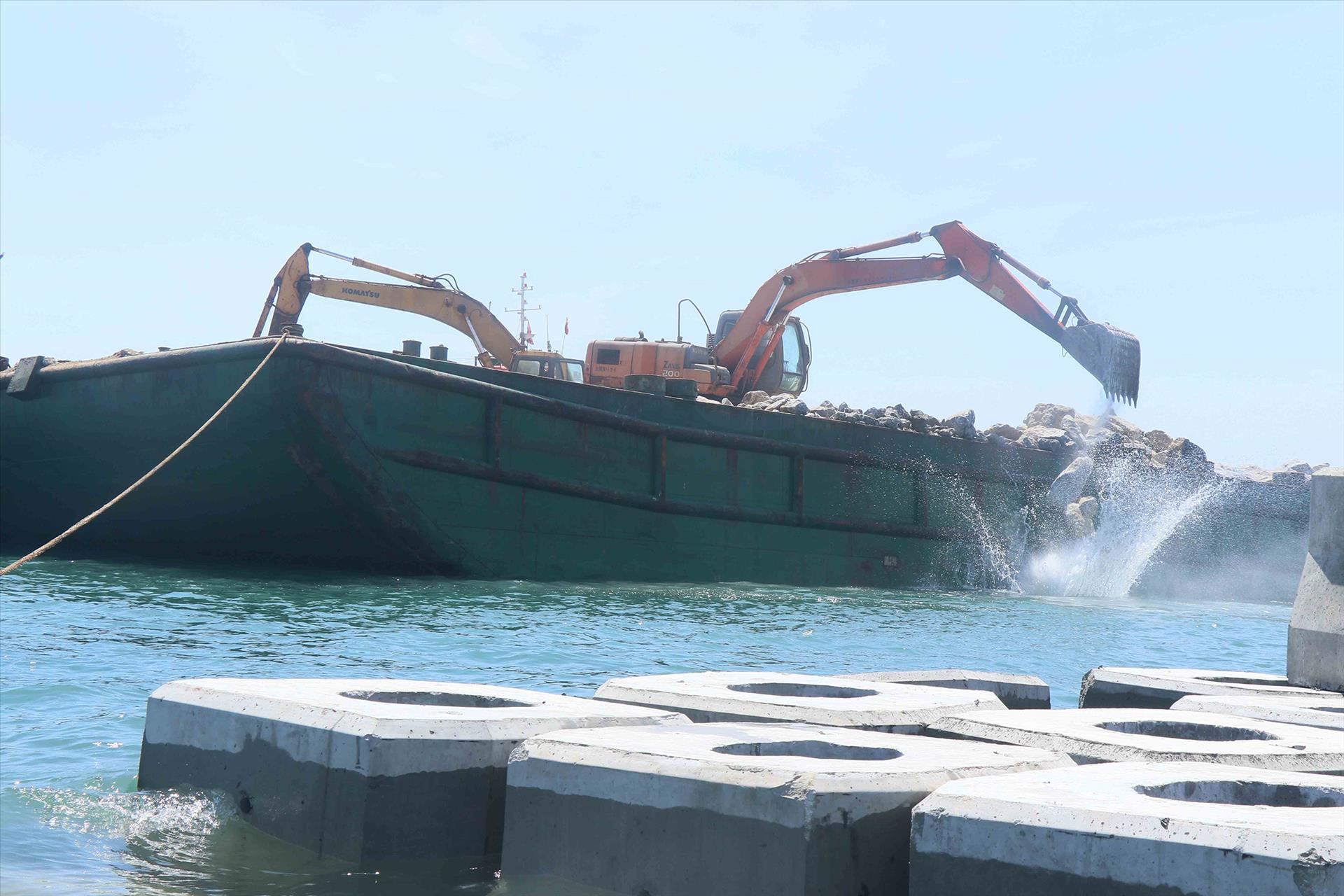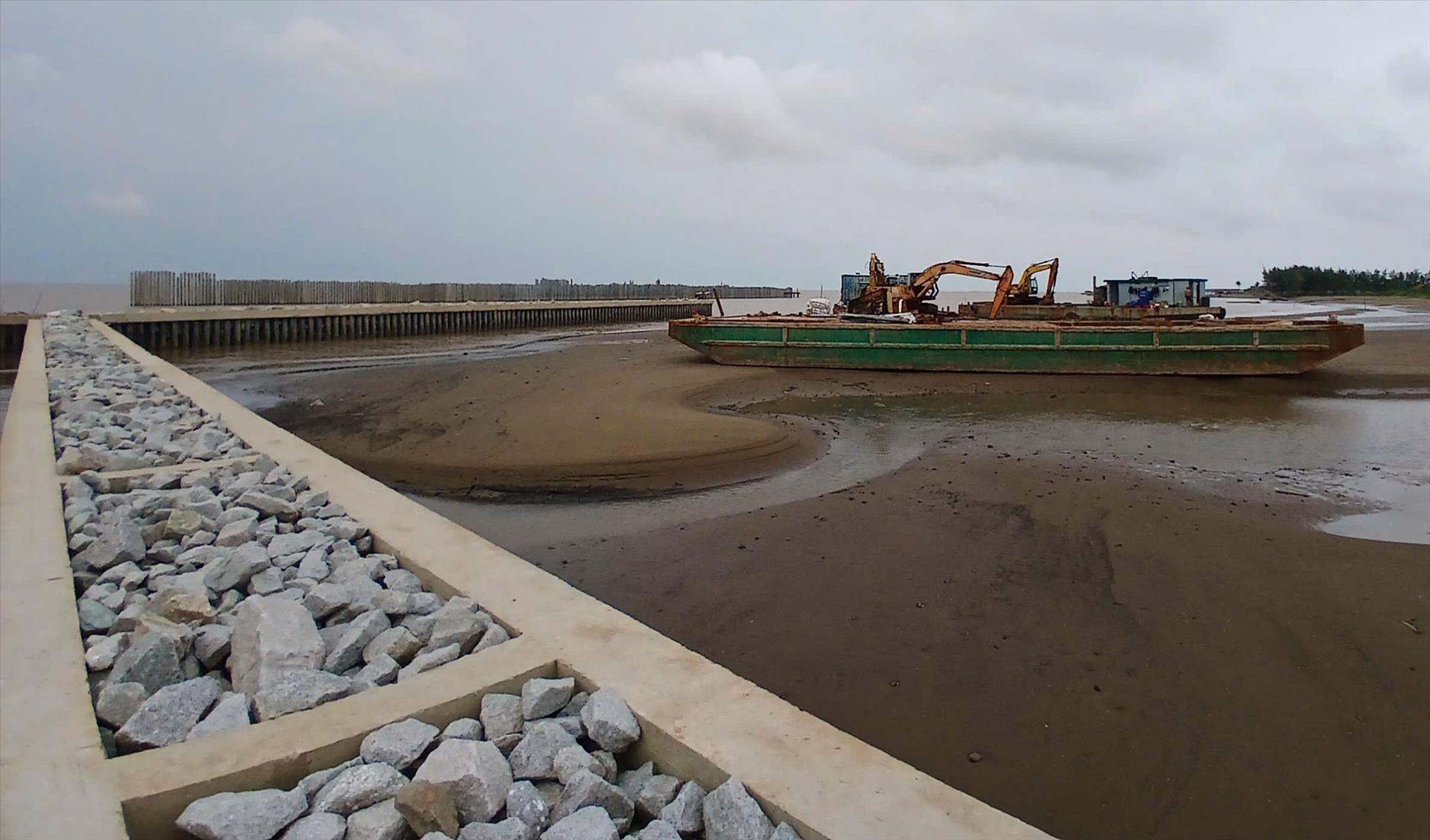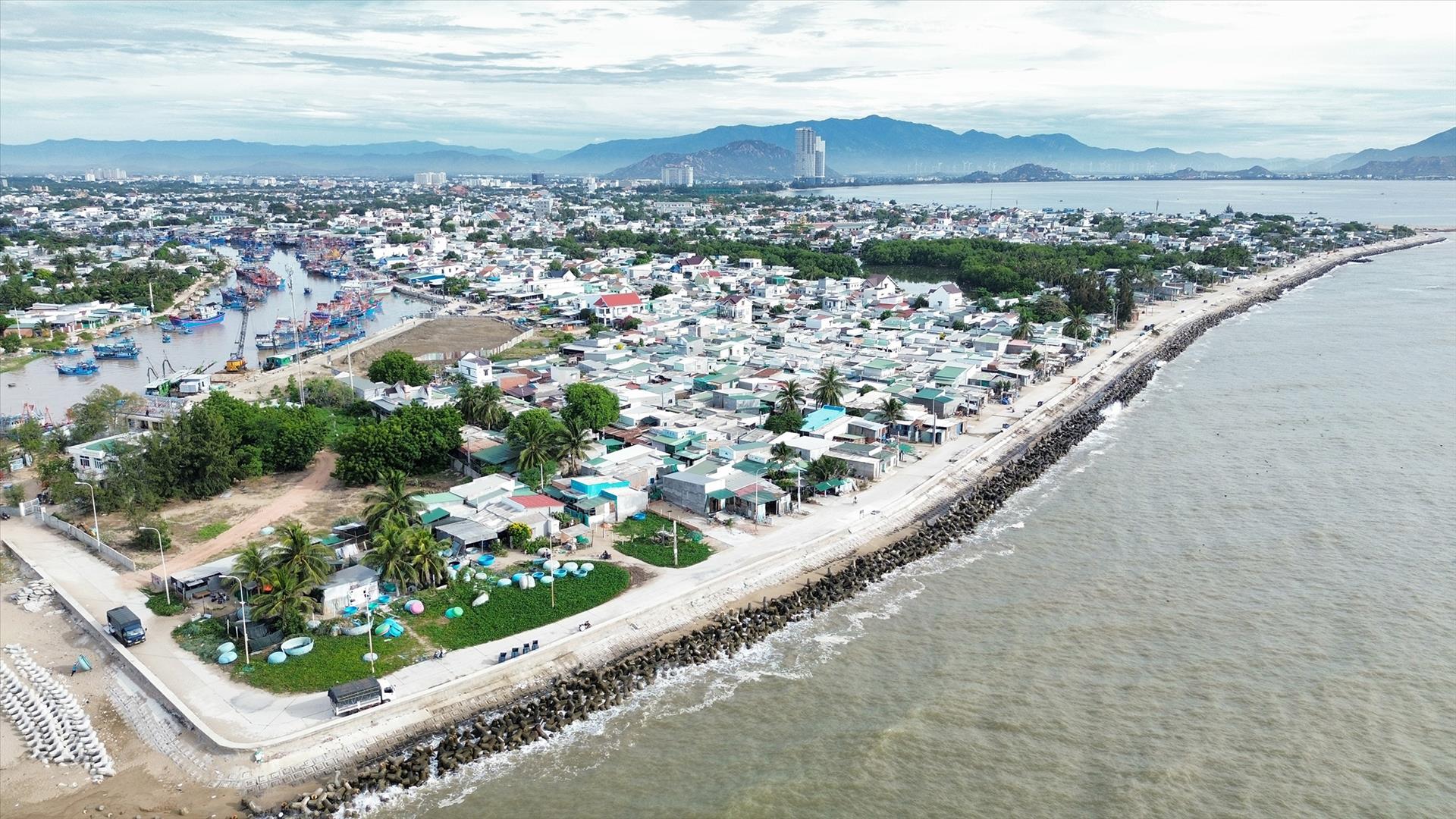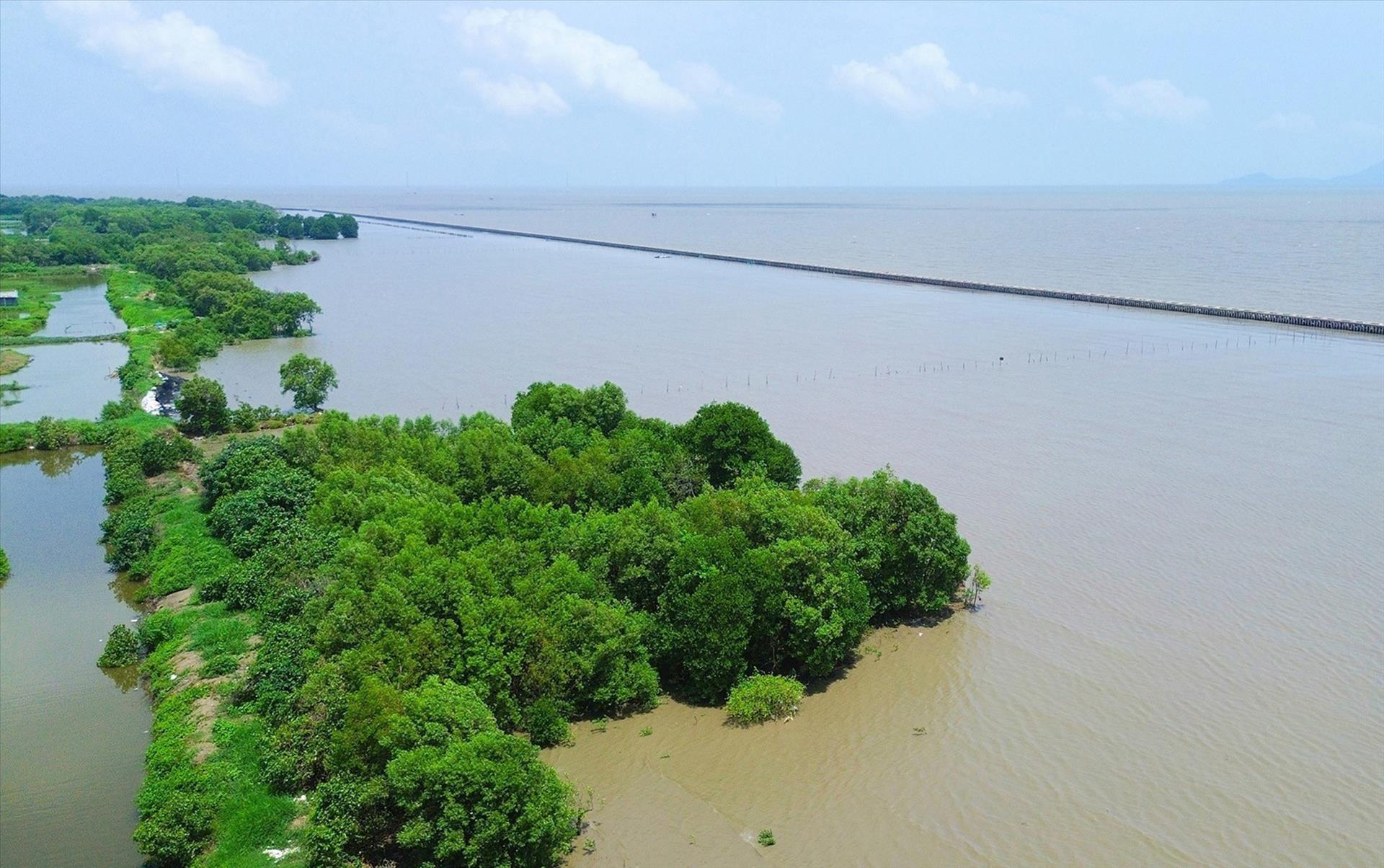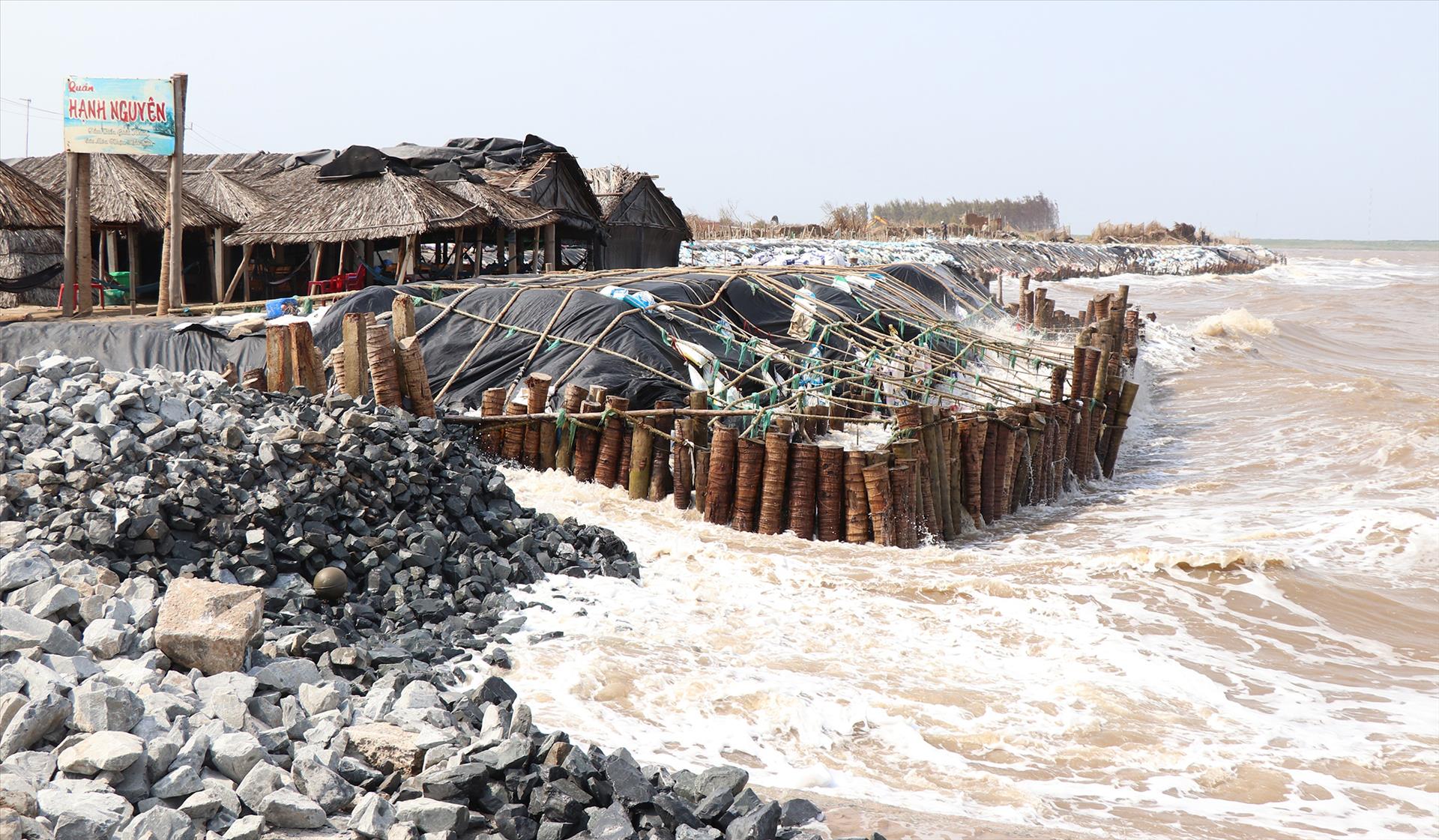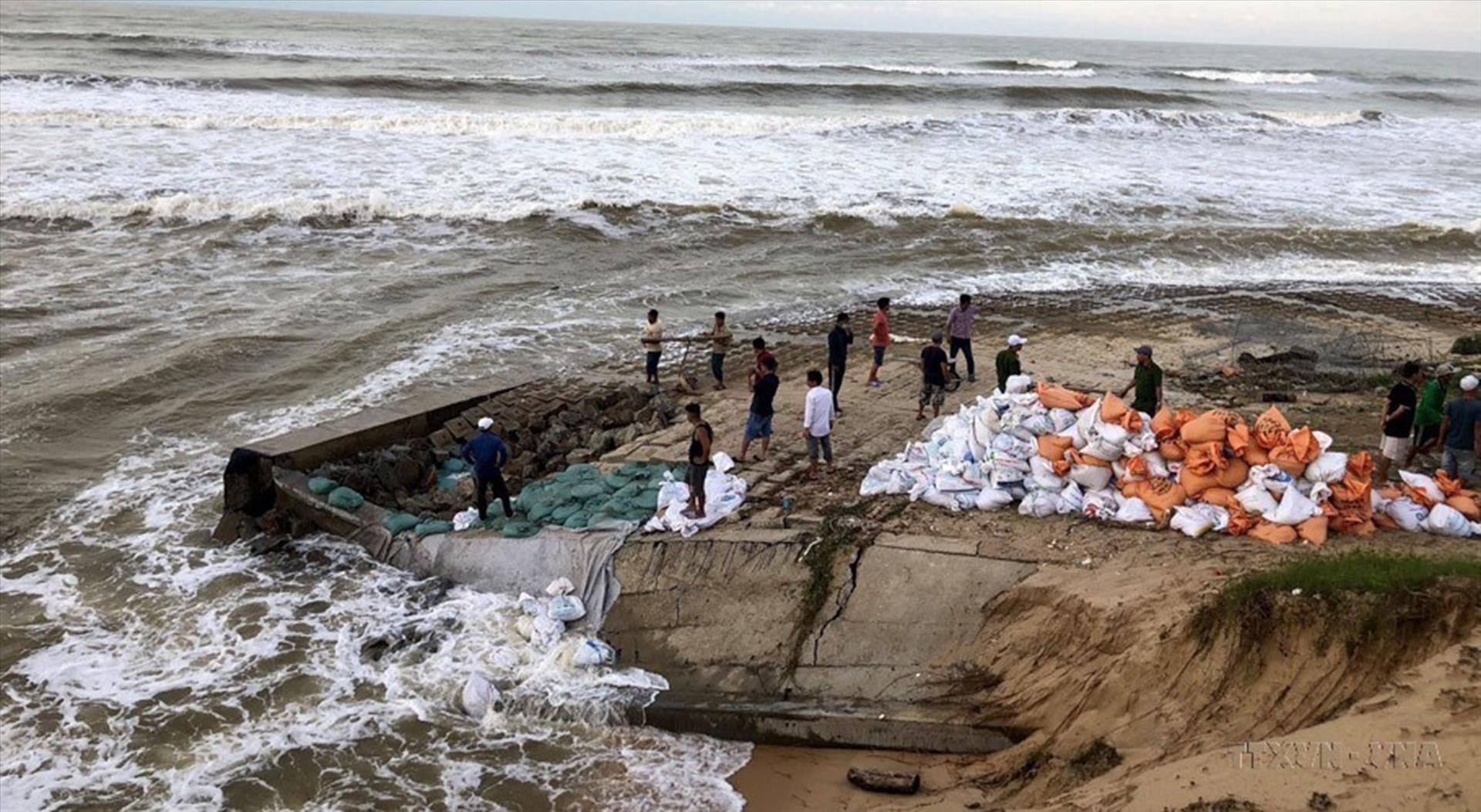Comprehensive Solutions for Coastal Erosion Prevention
Vietnam is facing increasingly severe coastal erosion, driven by climate change, rising tides, and extreme weather events such as storms and floods, particularly in the central and southern regions. This crisis threatens the socio-economic development of coastal areas and poses direct threats to the lives and property of thousands of households.
Vietnam has a coastline that stretches over 3,260km from Mong Cai (Quang Ninh Province) to Ha Tien (Kien Giang Province), ranking 27th in coastline length among 157 coastal countries, island nations, and territories worldwide.
In recent years, coastal erosion has been accelerating, posing significant dangers. The primary cause is the narrow and steep topography of Central Vietnam, with its short, fast-flowing rivers that are prone to shifts in course. In addition to the challenging geography, high tides, combined with the effects of extreme weather events such as floods, storms, and monsoons, have disrupted the coastal balance. This has led to rising water levels, prolonged flooding, and increased erosion.
On average, Ca Mau loses 300-400ha of land and coastal protective forests each year due to erosion. Hoi An is also facing serious issues from coastal erosion, threatening the livelihoods of local residents and the future of its tourism industry. Between 2013 and 2020, more than 7km of Hoi An's coastline suffered from severe erosion.
In response to this situation, the Government issued Decision No. 1662/QĐ-TTg, approving the project of protecting and developing coastal forests to respond to climate change and promote green growth in the 2021-2030 period. The plan outlined key solutions, including the management, protection, and sustainable use of existing coastal forests and newly established forests. It emphasized enhancing the role and function of coastal forests in protecting the environment and coastal infrastructure to prevent desertification and land degradation, conserving biodiversity, and reducing greenhouse gas emissions.
Additionally, it aims to create jobs and income for coastal communities, contributing to socio-economic development, environmental protection, national defense, disaster mitigation, and effective responses to climate change and rising sea levels.
The project is planning to plant 20,000ha of new forests, including 9,800ha of protective mangrove forests and 10,200ha of windbreak and sand-stabilizing forests. Additionally, efforts will be made to restore and enrich 15,000ha of existing forests.
Recently, provinces affected by coastal erosion, such as Ben Tre, Bac Lieu, Tra Vinh, and Quang Nam, have invested trillions of dong to construct coastal erosion prevention works, like building dikes and levees to protect vulnerable sections. There are also soft engineering solutions using environmentally friendly materials, such as Geotube technology, which have proven effective.
For Hoi An’s coastline, Associate Professor, Dr. Mai Van Cong from the Vietnam-Netherlands Water and Environment Center said that the proposed solution for the urgent coastal erosion prevention project involves using submerged dikes and low crests to have waves break from further out. This solution utilizes advanced Dutch coastal protection technology, adapted to local natural conditions.
In the future, provinces affected by coastal erosion will implement effective and appropriate solutions to protect coastlines along their entire length, gradually restoring beaches. These efforts will not only safeguard local residents' safety and welfare but also help rejuvenate the coastal image, boosting tourism and the maritime economy.
Story: VNP Photos: VNA Translated By Nguyen Tuoi
